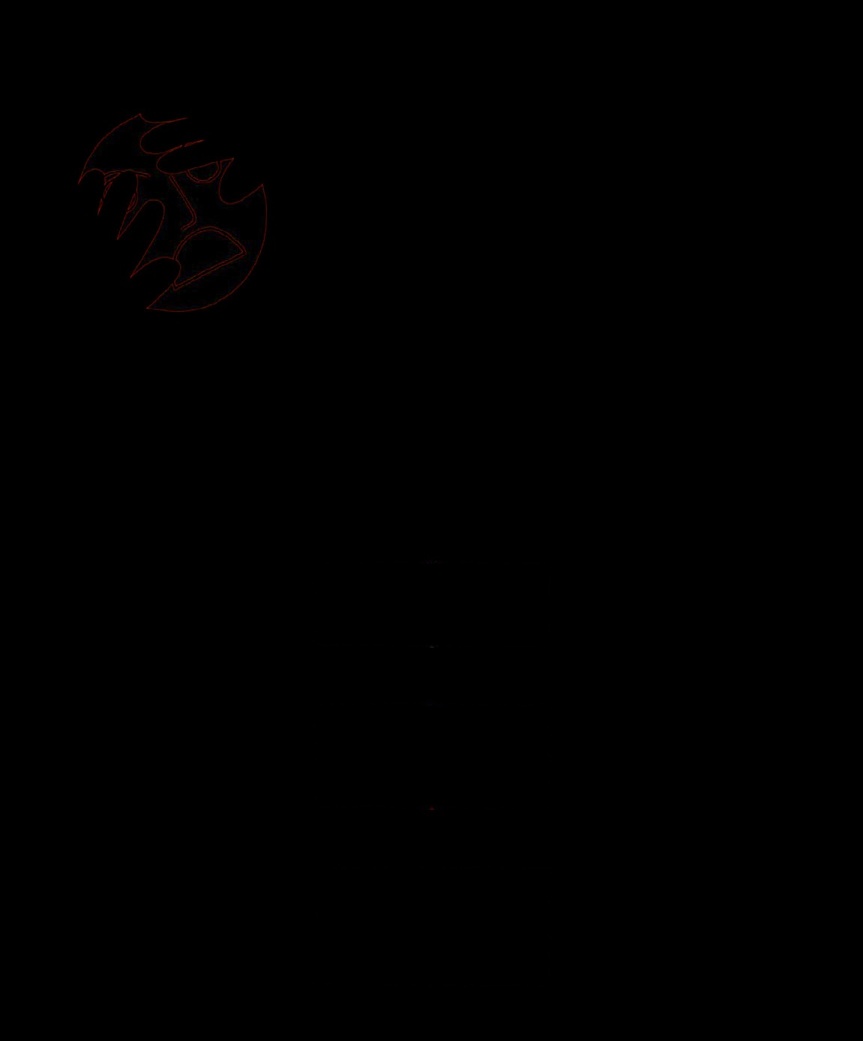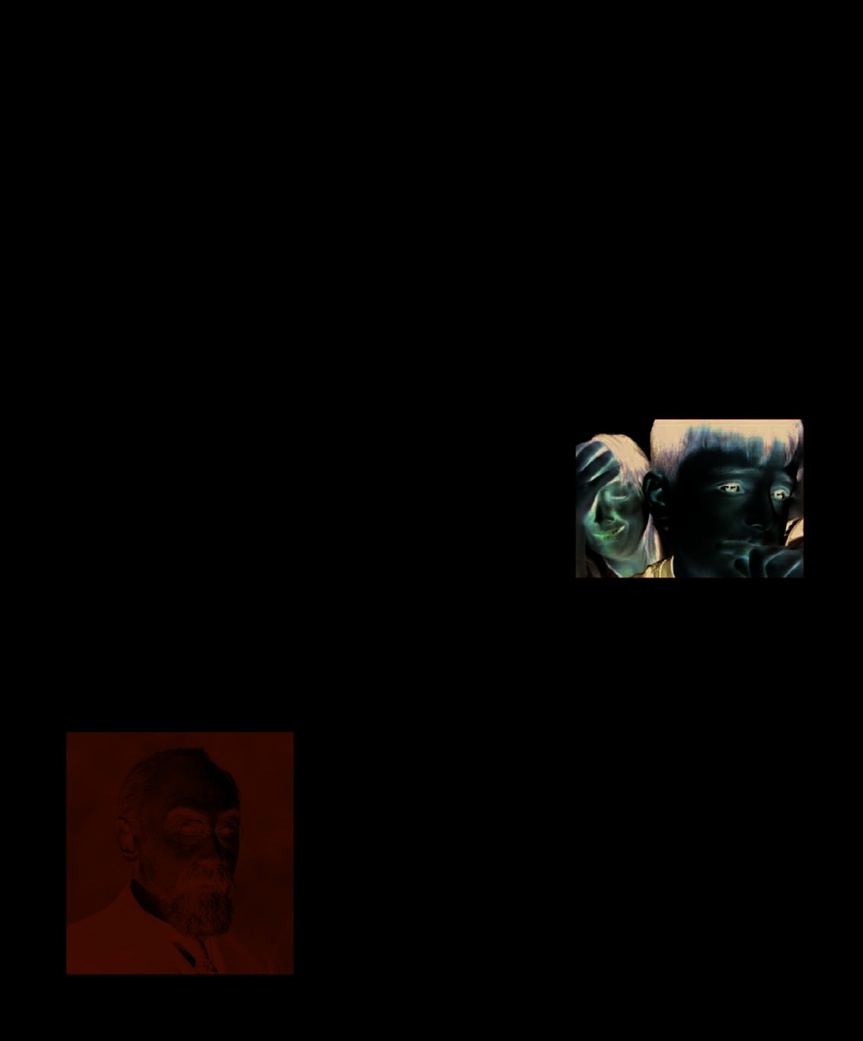The Psychology Book (17 page)
Read The Psychology Book Online
Authors: Unknown

1894. It was to be the beginning
life: that is judgment.
Child). Within a short time, he
of a long and fruitful collaboration
Alfred Binet
became the group’s leader, and
between the two scientists.
began to publish articles and
By 1905, Binet and Simon had
information useful to teachers
created their first test, labeled
and education officials. Around the
“New Methods for Diagnosing
same time, it became mandatory
Idiocy, Imbecility, and Moron
for all children in France to attend
Status.” Soon after, they introduced
school between the ages of six and
a revised version, for children aged
12, and Binet was asked to consider
three to 13, which was simply
strange visitors. He has received
how to develop a test that would
called the Binet–Simon Scale. It
in turn a doctor, a lawyer, and then
identify children who might have
was revised once more in 1908,
a priest. What is taking place?”
learning disabilities, so that they
and then again in 1911.
Binet and Simon tested their
could receive schooling that was
Based on their many years
Scale on a sample of 50 children,
appropriate to their needs. In 1904,
of observing children, Binet and
divided equally between five age
this work led to Binet being asked
Simon put together 30 tests of
groups. These children had been
to join a government commission
increasing difficulty, using a range
selected by their school teachers
to devise a method of assessing
of tasks that reflected the average
as being average for their age,
learning potential in infants, and
abilities of children at different
providing a baseline measure of
he made it his mission to establish
ages. The easiest tasks included
normality against which children
the differences between normal
following a beam of light, or
of all abilities could be measured.
engaging in basic conversation
Binet and Simon’s 30 tasks,
with the person who was testing
arranged in order of difficulty,
them. Slightly more difficult tasks
were to be carried out under
included pointing to various
carefully controlled conditions.
named body parts, repeating a
Binet had learned from observing
series of two digits, repeating
his daughters that children are
simple sentences, and defining
easily distracted, and that their
basic words such as “house” or
level of attention plays a critical role
“fork.” In the more difficult tests,
in their ability to perform. He saw
children were asked to describe
intelligence as a mixture of
the difference between pairs of
multifaceted mental faculties
similar objects, to reproduce
that operate within a real world of
drawings from memory, and to
ever-changing circumstances, and
construct sentences around three
are controlled by practical judgment.
given words. The very hardest
tasks included repeating seven
Intelligence is not fixed
Taking intelligence tests
, which are
random digits, finding three rhymes
Binet was always frank about the
still largely based on the Binet–Simon
Scale, has become an almost standard
for the French word “obéisance;”
limitations of the Binet–Simon
way of predicting a child’s potential
and answering questions such as
Scale. He was keen to point out
to be successful at school.
“My neighbor has been receiving
that the scale simply ordered

PHILOSOPHICAL ROOTS 53
children from their performance
Binet–Simon tests
generate an IQ (intelligence
of intellectual tasks in relation to
quotient) number, representing an overall level of
other children of a similar age.
performance. This can be plotted on a graph to
reveal IQ variations across groups or populations.
The tests of 1908 and 1911 placed
greater emphasis on tests for
different age groups, and it was
this that eventually led to the
concept of “mental age.”
Binet also stressed that mental
development progressed at different
34.13% 34.13% 13
rates and could be influenced by
tion
%
9
.59
environmental factors. He preferred
la
.5
%
u
3
to think of his tests as a way of
assessing mental level at a
Pop
particular point in time, because
1
2.14
this allowed for an individual’s level
%
to change as their circumstances
0.
0.13% 2.14%
13%
changed. This was in opposition
to the views of the influential
IQ
52
68
84
100
116
132
148
English psychologist Charles
Spearman, who later proposed
that intelligence was based on
saw the Binet–Simon Scale as a
his work. When he eventually
biological factors alone.
way of rooting out “feebleminded
became aware of the “foreign ideas
Binet maintained that a
people” for compulsory sterilization.
being grafted on his instrument” he
child’s “intelligence is not a fixed
In 1916, yet another American
strongly condemned those who with
quantity,” but grows just as the
psychologist, Lewis Terman,
“brutal pessimism” and “deplorable
child does, and that even though he
modified the Binet–Simon Scale.
verdicts” promoted the concept of
had devised a way of quantifying
Using test results from a large
intelligence as a single constant.
it, no number could ever give an
sample of American children, he
Binet’s concept of the “IQ test”
accurate measure of a person’s
renamed it the Stanford–Binet
remains the basis of intelligence
intelligence. A complete picture,
Scale. It was no longer used solely
testing today. Despite its
Binet thought, could only be formed
to identify children with special
shortcomings, it has generated
from an accompanying case study.
needs, but to pick out those who
research that has advanced our
Ultimately, Binet did not believe
might be suitable for streaming
knowledge of human intelligence. ■
that it was possible to measure
off into more vocational, or job-
intellectual aptitude as if it were
oriented, education, effectively
a length or a capacity; it was only
condemning them to a lifetime of
possible to classify it.
menial work. Terman, like Goddard,
believed that intelligence was
Uses and abuses
inherited and unchangeable, so no
In 1908, the American psychologist
amount of schooling could alter it.
I have not sought
Henry H. Goddard traveled to
Binet was probably unaware of
to sketch a method
Europe, where he discovered the
these uses of his work for quite some
of measuring… but only
Binet–Simon tests. He translated
time. He was an isolated figure,
a method of classification
them, distributing around 22,000
who rarely concerned himself with
of individuals.
copies across the US to be used for
professional developments outside
Alfred Binet
testing in schools. Unfortunately,
his immediate sphere. He never
while Binet had been careful not to
traveled outside France, where the
attribute intelligence to hereditary
Binet–Simon Scale was not adopted
factors, Goddard thought that it
during his lifetime, so he was never
was genetically determined. He
confronted by any modifications of

54
THE UNCONSCIOUS
SEES THE MEN BEHIND
THE CURTAINS
PIERRE JANET (1859–1947)
IN CONTEXT
B
etween around 1880 and
1910, there was a great deal
If someone shows
of interest in the condition
APPROACH
physiological signs
of “dissociation”—the separation of
Neurological science
of terror
or distress for
some mental processes from
no apparent reason…
BEFORE
a person's conscious mind, or
1878
Jean-Martin Charcot
normal everyday personality. Mild
in
Diseases of the Nervous
dissociation, in which the world
System
describes the
seems “dreamlike” and “unreal,” is
symptoms of hysteria, then
common, and affects most people
considered to be a distinct,
at some time or other. It is often
biological illness.
caused by illnesses, such as flu, or
…they may be caused
drugs, including alcohol, and may
by a
subconscious idea
…
AFTER
lead to a partial or complete loss of
1895
Sigmund Freud suggests
memory during and after the period
that dissociation is one of the
of dissociation. In rare cases of
mind’s defense mechanisms.
what was then described as
multiple personality disorder, a
1900s
American neurologist
person appears to have two or
Morton Prince suggests
more distinct personalities. Such
that there is a spectrum of
…that therapy reveals
extreme examples are now classified
dissociative disorders.
to be related to an
earlier
traumatic incident
.
as “dissociative identity disorder.”
1913
French naturalist J.P.F.
The French philosopher and
Deleuze describes dissociation
physician Pierre Janet is credited
as being like the formation of
with being the first person to study
two distinct people—one of
and describe dissociation as a
them fully awake, and the
psychiatric condition. In the late
1880s and early 1890s, he worked
other in a trancelike state.
at the Salpêtrière hospital in Paris,
This may in severe cases
1977
Ernest R. Hilgard's
where he treated patients who
lead to
dissociation
—the
Divided Consciousness
existence of two
were suffering from “hysteria.” He
discusses the splitting up of
separate consciousnesses.
published case studies of several
consciousness by hypnosis.
women who showed extreme
symptoms. A patient called

